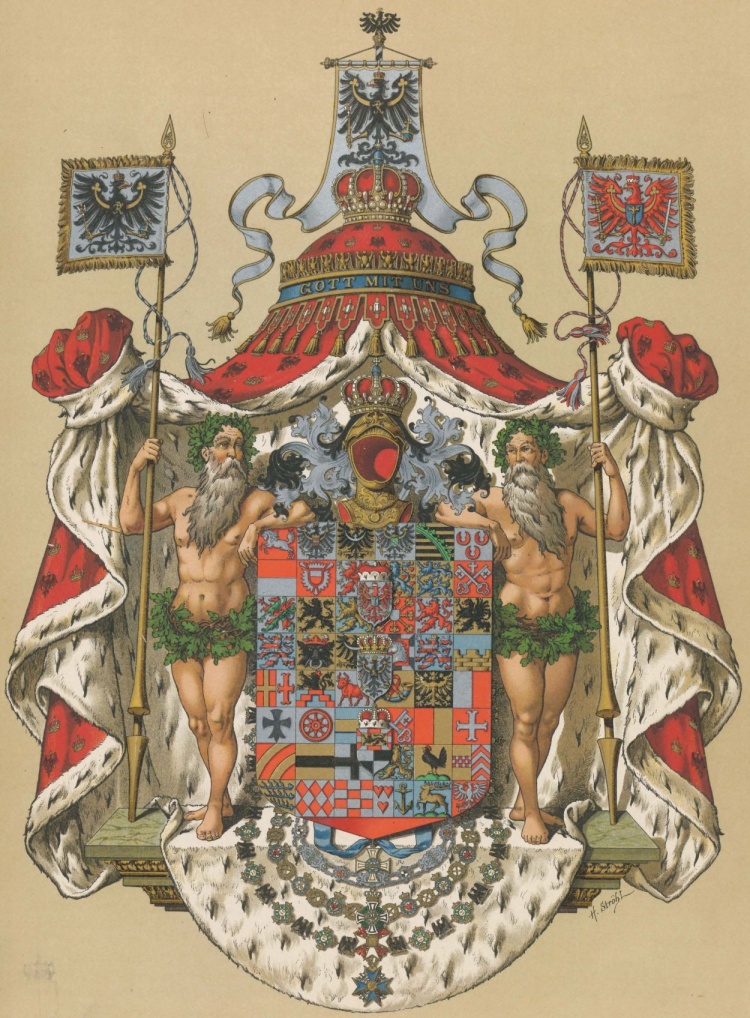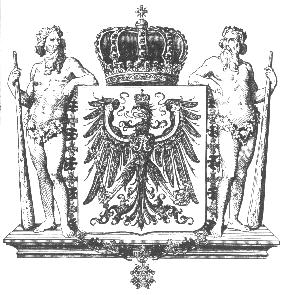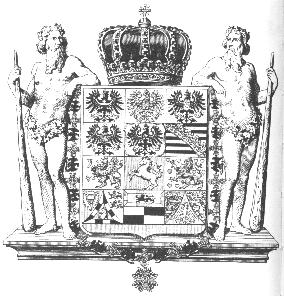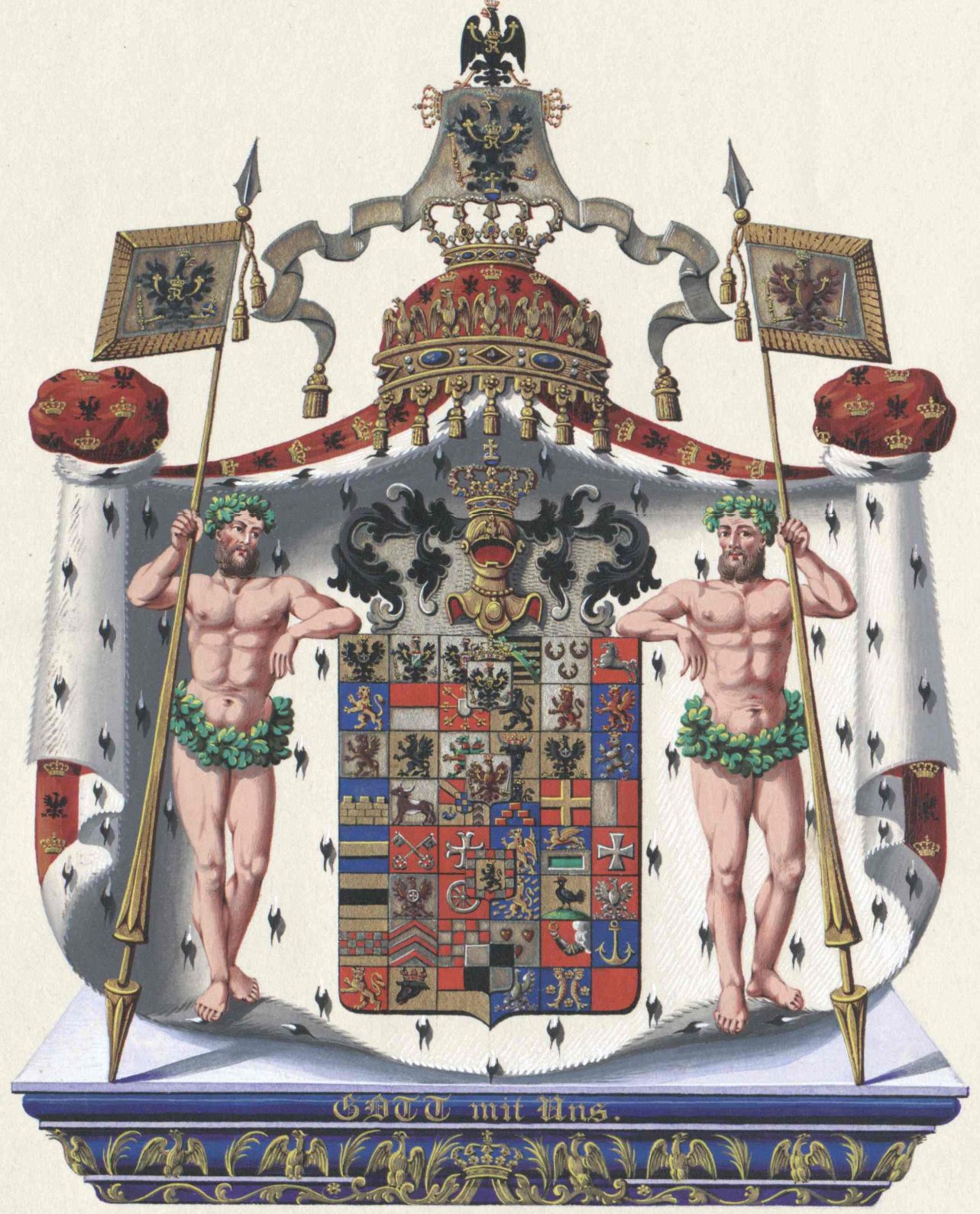Prussia
This page is part of the German heraldry portal Deutsche Wappensammlung |
Heraldry of the World |
|
German heraldry:
|
Selected collector's items from Germany:
|
PREUSSEN (Prussia)
Former Kingdom in present North Germany and North Poland.
Origin/meaning
The above arms are the grand arms of Prussia at the end of the 19th century. The arms show the major 52 territories that belonged to Prussia at that time. The original Prussian arms are shown as the escutcheon. The banners show the eagle of Brandenburg (red) and the eagle of Preussen proper (black). The 52 territories are listed at the end of this document.
| The arms of Prussia in 1701. |
Prussia was an area in present Poland, which was part of the Holy Roman Empire but owned and ruled by the Teutonic Order. In 1525 the territory was declared an independent Duchy, as the (catholic) Order ceased to exist. In 1618 it was incorporated in the principality of Brandenburg.
The Kingdom of Prussia was founded in 1701 when Prince Friedrich III of Brandenburg declared himself King Friedrich I of Prussia. Prussia became an important and powerful state within the German Empire and existed officially until 1945.
The eagle was first used as the symbol of Prussia by Prince Johann of Bandenburg (1571-1598). The eagle is probably the old German eagle, in the colours of the Teutonic Order (a black cross on a white field). On the first arms the letter(s) on the breast of the eagle were the initial(s) of the Polish King (f.e.V for King Vladislav from 1632-1648), who had Prussia officially in loan from the German Emperor. In 1701 the letters were changed into FR (Friedrich Rex), the letters did not change afterwards.
| The arms of Prussia in 1876, with only the 11 provinces. |
The arms of Prussia in 1817. |
The basic arms never changed, but the supporters, crowns and additional fields were added during the centuries. All these were additional symbols, the original arms have always been used as the small arms, mainly for daily use. In 1876 only arms of the 11 provinces were added into the arms, but in the 1800s often many additional territories were added.
The 52 territories in the upper large arms
The territories are listed according to the image, not according to the official heraldic listings or rank in the title of the Kings of Preussen.
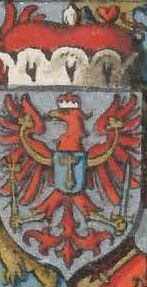 Upper escutcheon : Markgrafschaft Brandenburg
Upper escutcheon : Markgrafschaft Brandenburg
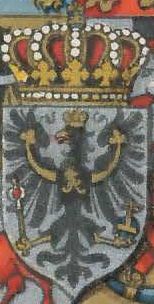 Middle escutcheon : Kingdom of Preussen proper
Middle escutcheon : Kingdom of Preussen proper
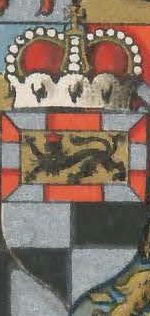 Lower escutcheon : combines Burggrafschaft Nürnberg (upper half) and County Hohenzollern (lower half)
Lower escutcheon : combines Burggrafschaft Nürnberg (upper half) and County Hohenzollern (lower half)
The other fields are listed starting with the upper (heraldic) right field, showing a horse, and ending at the lower left field with the eagle :
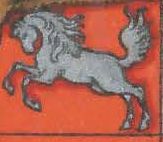 Duchy Westfalen
Duchy Westfalen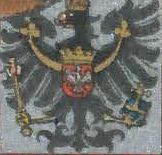 Grand-Duchy Posen
Grand-Duchy Posen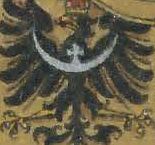 Duchy Schlesien
Duchy Schlesien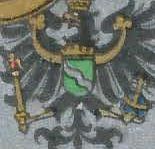 Grand-Duchy Niederrhein
Grand-Duchy Niederrhein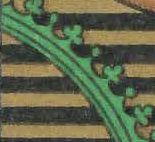 Duchy Sachsen
Duchy Sachsen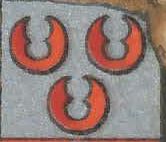 Duchy Engern
Duchy Engern Duchy Magdeburg
Duchy Magdeburg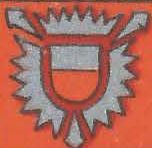 Duchy Holstein
Duchy Holstein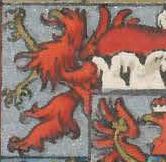 Duchy Pommern
Duchy Pommern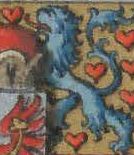 Duchy Lüneburg
Duchy Lüneburg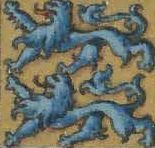 Duchy Schleswig
Duchy Schleswig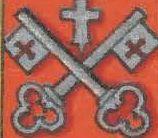 Duchy Bremen
Duchy Bremen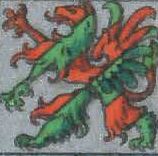 Duchy Wenden
Duchy Wenden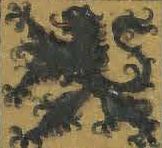 Duchy Jülich
Duchy Jülich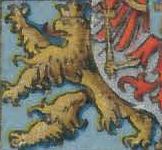 Duchy Geldern
Duchy Geldern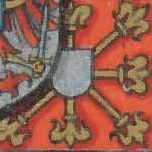 Duchy Kleve
Duchy Kleve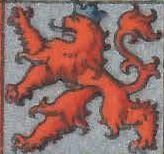 Duchy Berg
Duchy Berg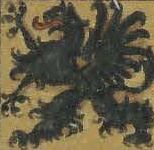 Duchy Kassuben
Duchy Kassuben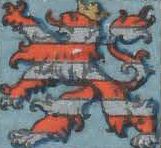 Landgrafschaft Thüringen
Landgrafschaft Thüringen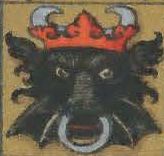 Duchy Mecklenburg
Duchy Mecklenburg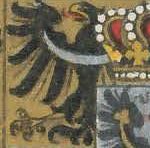 Duchy Krossen
Duchy Krossen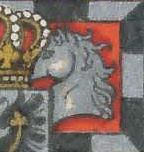 Duchy Lauenburg
Duchy Lauenburg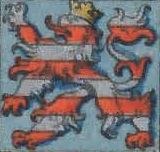 Landgrafschaft Hessen
Landgrafschaft Hessen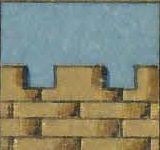 Markgrafschaft Ober-Lausitz
Markgrafschaft Ober-Lausitz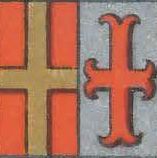 divided : Principality Paderborn and County Pyrmont
divided : Principality Paderborn and County Pyrmont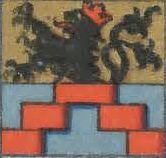 Principality Rügen
Principality Rügen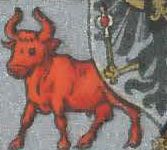 Markgrafschaft Nieder-Lausitz
Markgrafschaft Nieder-Lausitz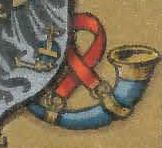 Principality Orange
Principality Orange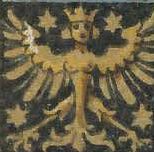 Principality Ostfriesland
Principality Ostfriesland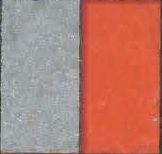 Principality Halberstadt
Principality Halberstadt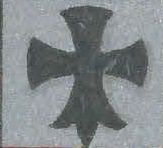 Principality Verden
Principality Verden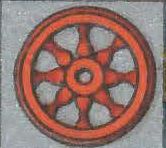 Principality Osnabrück
Principality Osnabrück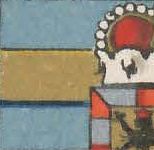 Principality Münster
Principality Münster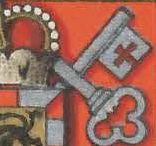 Principality Minden
Principality Minden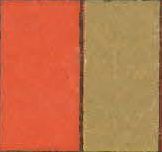 Principality Hildesheim
Principality Hildesheim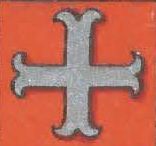 Principality Kammin
Principality Kammin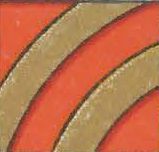 County Glatz
County Glatz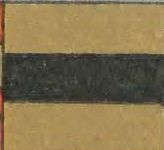 Principality Moers
Principality Moers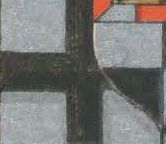 Principality Fulda
Principality Fulda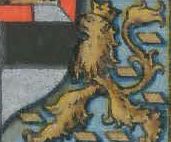 Principality Nassau
Principality Nassau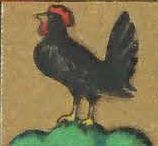 Principality and County Henneberg
Principality and County Henneberg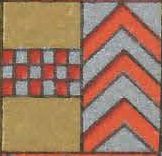 divided : County Mark and County Ravensberg
divided : County Mark and County Ravensberg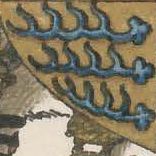 County Veringen
County Veringen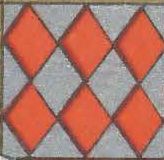 County Mansfeld
County Mansfeld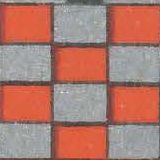 County Hohenstein
County Hohenstein divided : County Tecklenburg and County Lingen
divided : County Tecklenburg and County Lingen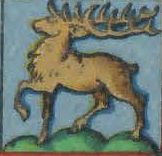 County Sigmaringen
County Sigmaringen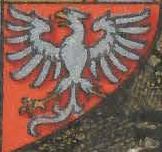 city Frankfurt am Main
city Frankfurt am Main
Contact and Support
Partners:
Your logo here ?
Contact us
© since 1995, Heraldry of the World, Ralf Hartemink 
Index of the site
Literature : Ströhl, H.G. Deutsche Wappenrolle, 1897; Schurdel, H.D. Flaggen und Wappen Deutschland. Battenberg, Augsburg 1995.


